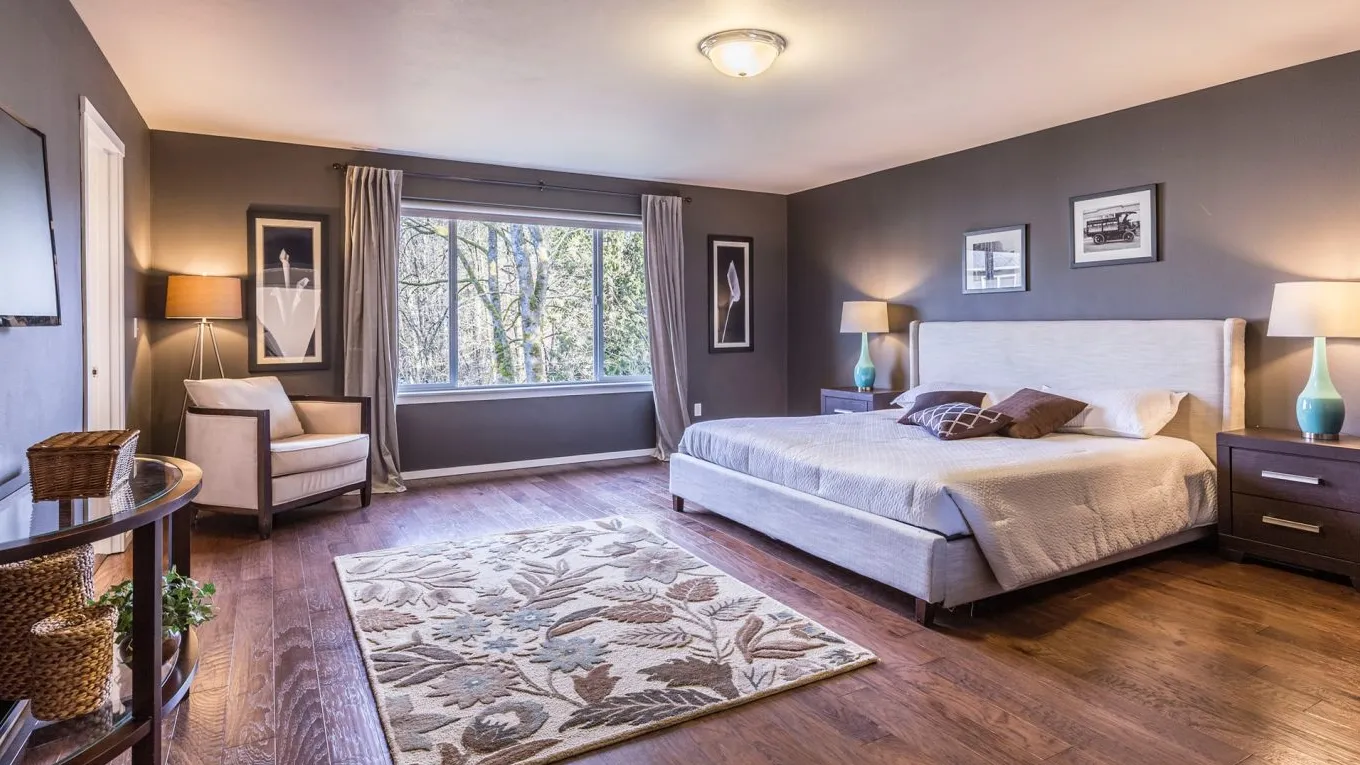
The master bedroom serves as the ultimate sanctuary and retreat within the home, providing a space for relaxation, rejuvenation, and personal expression. When designing or renovating a master bedroom, one of the most important considerations is determining the appropriate size. In this article, we will explore the factors to consider when determining the ideal size for a master bedroom and provide practical tips for creating a luxurious and comfortable space.
Factors to Consider
When determining the size of a master bedroom, several factors should be taken into account to ensure that the space meets the needs and preferences of its occupants:
Lifestyle and personal preferences
The size of the master bedroom should align with the lifestyle and preferences of the individuals who will be using it. Considerations such as the desired level of privacy, preferred activities (e.g., reading, watching TV), and sleeping habits should all be taken into consideration when determining the appropriate size.
Available space and layout
The size of the master bedroom will be influenced by the available space and layout of the home. Factors such as the overall square footage of the house, the placement of other rooms, and any architectural constraints will all impact the size and configuration of the master bedroom.
Desired features and furniture placement
Consideration should also be given to the desired features and furniture placement within the master bedroom. This includes factors such as the need for storage space, seating areas, and additional amenities such as a fireplace or home office. The size of the master bedroom should accommodate these features while still allowing for comfortable circulation and movement within the space.
Ideal Dimensions for a Master Bedroom
While there is no one-size-fits-all answer to the question of what constitutes the ideal size for a master bedroom, there are some general guidelines and recommendations that can help inform the design process:
Square footage recommendations
Industry standards and design principles typically recommend a range of square footage for master bedrooms, with larger sizes being preferred for a more spacious and luxurious feel. However, the size of the master bedroom can vary widely depending on individual preferences and budget constraints.
Minimum size requirements
At a minimum, a master bedroom should be large enough to accommodate a standard-sized bed with adequate space for circulation around the bed and access to closets and other storage areas. This typically translates to a minimum square footage of around 200 to 250 square feet, although larger sizes may be desired for added comfort and functionality.
Optimal size considerations
In addition to meeting minimum size requirements, the ideal master bedroom should offer ample space for relaxation and movement. This includes enough room for additional furniture such as dressers, nightstands, and seating areas, as well as sufficient space for walking, dressing, and other activities.
Design Considerations
In addition to size, several design considerations should be taken into account when creating a master bedroom that is both functional and aesthetically pleasing:
Layout and configuration
The layout and configuration of the master bedroom should be carefully planned to optimize space and functionality. This may involve considerations such as the placement of windows, doors, and closets, as well as the arrangement of furniture to maximize comfort and convenience.
Lighting and ambiance
Proper lighting design is essential for creating a relaxing and inviting atmosphere in the master bedroom. This may include a combination of overhead lighting, task lighting, and ambient lighting to accommodate various activities and moods.
Storage solutions
Effective storage solutions are crucial for maintaining a tidy and organized master bedroom. Built-in closets, wardrobes, and cabinetry can help maximize storage space while minimizing clutter and visual distractions.
Tips for Creating a Luxurious Master Bedroom
For those seeking to create a truly luxurious master bedroom experience, the following tips can help elevate the space to new heights of comfort and sophistication:
Selection of high-quality materials and finishes
Investing in high-quality materials and finishes can make a significant difference in the look and feel of a master bedroom. This includes premium flooring options such as hardwood or natural stone, as well as luxurious textiles and furnishings that add warmth and texture to the space.
Attention to detail
Attention to detail is key when it comes to creating a luxurious master bedroom. This may involve incorporating architectural elements such as crown molding or wainscoting, as well as decorative accents such as artwork, mirrors, and accessories that add personality and charm to the space.
Incorporating technology and smart features
Integrating smart home technology can enhance the comfort, convenience, and energy efficiency of the master bedroom. This may include features such as programmable lighting, motorized window treatments, and smart thermostats that can be controlled remotely via smartphone or voice commands.
In conclusion, the ideal size for a master bedroom will vary depending on individual preferences, lifestyle factors, and available space. By carefully considering these factors and incorporating thoughtful design choices, homeowners can create a master bedroom that is both comfortable and luxurious, providing a serene retreat from the demands of daily life. Whether you’re starting from scratch with a new construction or renovating an existing space, taking the time to plan and design your master bedroom thoughtfully will pay off in the long run, resulting in a space that you’ll love for years to come.


